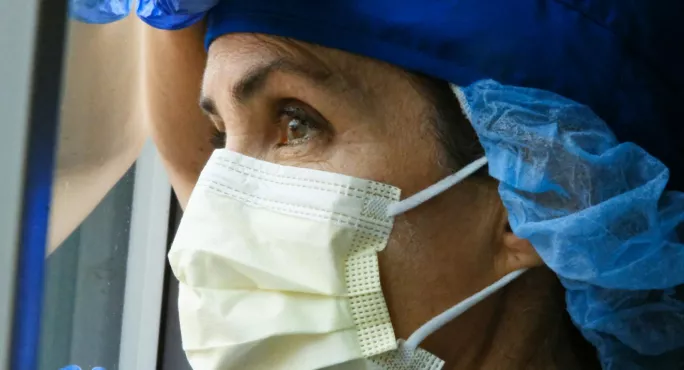Official figures stating that death rates from Covid among teachers are similar to those in other professions have been criticised as “misleading” by the NEU teaching union.
The NEU said figures published by the Office for National Statistics (ONS) today are “only half the picture” because they don’t show infection rates alongside death rates.
NEU joint general secretary Mary Bousted said the age range for teachers in England was “very young” - because 40 per cent leave the profession after 10 years - and therefore teachers were “more likely not to die of Covid”.
Staff absence: 20,000 teachers off for Covid-related reasons
Closures: Schools move online after just one day in major U-turn
School safety: Scientist admits keeping Covid contacts in school creates a potential risk
But she highlighted NEU statistics released last week, which the union suggested showed that teachers are twice as likely to catch Covid as the rest of the population, and that there was a danger not only of spreading it to their family but of contracting “long Covid”.
She said: “I think they [the ONS statistics] are of very limited value. It’s obviously heartening to know teachers are not dying in greater numbers than in other professions. But that’s half the story.
“They [the ONS] should have done two things - they should have published both death and infection rates because there are two risks from Covid. The risks are that you get Covid very badly and die from it or you get long Covid.
“Teachers don’t want to get Covid and if they’re at greater risk of getting Covid, which we said last week they are, then not only are they at a greater risk of transmitting it but they’re at a greater risk of becoming very ill with it.”
NEU data analyst Andrew Baisley said there were a number of problems with the ONS statistics, including:
1. The time frame from which they’re taken is March to December, despite schools being closed (to most pupils) for six months during that time. He said: “The really controversial period is the three months between September to December. We want to understand the actual risks of schools being fully open in this period.”
2. The inclusion of university lecturers and Ofsted inspectors in the statistics could lead to “misinterpretation”. He said: “Specifically, they [the ONS] should be looking at the conditions within schools because schools were very overcrowded.”
He also pointed out that the statistics show that the death rate for male teachers in secondary schools is “broadly the same” as that for male healthcare workers.
He added: “Our worry is that these are going to be likely to mislead the public and give a false sense of reassurance where it doesn’t really exist.”
The ONS has been contacted for comment.
